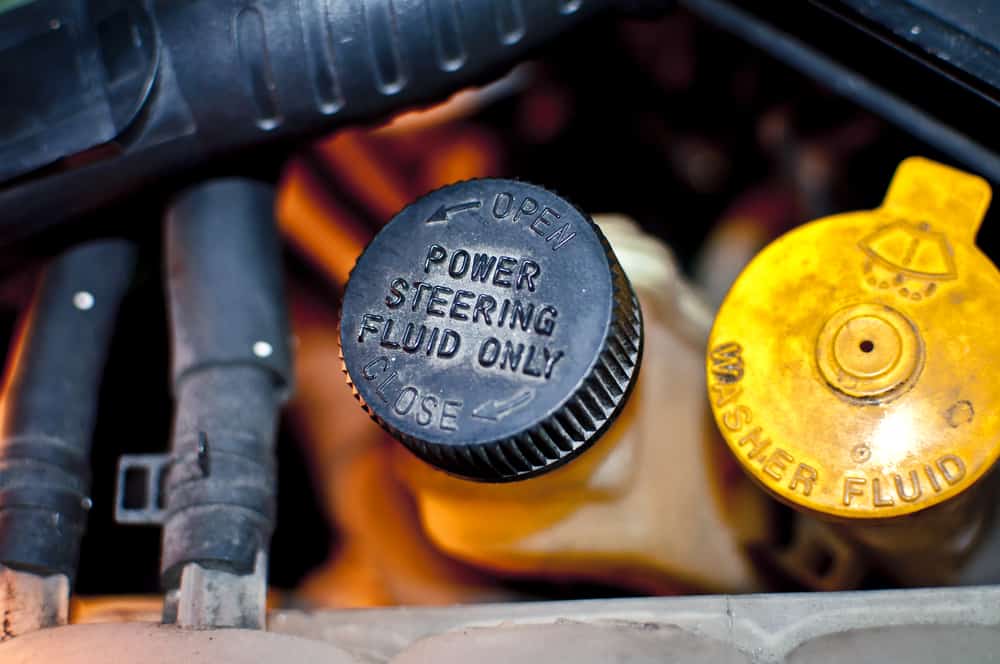
Power steering aids drivers by providing a level of power and support to the steering process, augmenting the effort supplied by the driver. This is usually automated via a system of hydraulics that uses a power steering pump and reservoir, which sits on the engine. The fluid within the hydraulics is then applied to the steering gear through a set of hoses, and the pressure is used to reduce the amount of force needed to successfully steer the vehicle.
Low Levels of Power Steering Fluid
Even though modern engines are designed in such a way that if there is a problem with the power steering hydraulics there is no failure in the steering system – as this could be an extremely dangerous failure if it were to happen on the open road, it is necessary to check the fluid level in the power steering reservoir at regular intervals. The necessary timing is usually suggested in your owner’s manual. In older cars it is a good idea to check the level of the fluid to ensure that your cars power steering system is not leaking fluid.
Problems Associated with Low Fluid
Not only does the fluid within the power steering provide extra pressure to aid with the steering process, but it also helps lubricate the moving parts in your car’s steering mechanism. A low level of fluid can therefore mean that the high stress parts within the steering array will rapidly deteriorate, leading to excessive noise on turning the car’s steering wheel and eventually causing part failure.
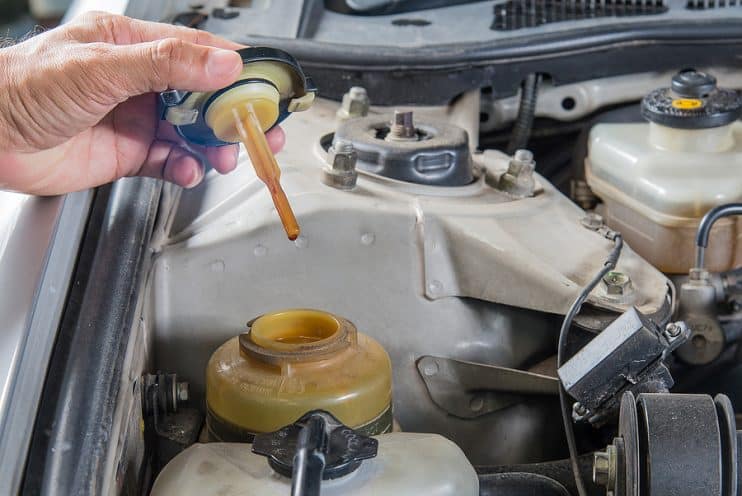
Checking your Car’s Power Steering Fluid
It is a very quick and simple task to check your car’s power steering fluid, which can be performed in a matter of moments. It is advisable to only ever perform these checks with the engine completely off and cooled to avoid any chance of injury from moving parts. We would also recommend that you park your car on a flat, level surface to ensure that the fluid is evenly distributed throughout the system. Take the following steps to check the fluid:
Locate the reservoir – this is usually located on the side of the engine with a number of tubes attached to the outside of the unit. If you are having trouble locating this part, then directions can be normally found in your owner’s manual.
Unscrew the cap – taking care to wipe the cap in order to ensure that no dirt falls into the reservoir. Often there will be a small dipstick attached to the underside of the cap that shows the level of the fluid within the system.
Check the level – there should be three marks either located on the cap’s dipstick, or in some cars there will be a transparent reservoir with the marks located on the outside of the unit. These are usually hot, cold and add. The hot mark indicates the safe level for the fluid when the engine is running and the cold level when the engine is static. If the level is at the add mark then you need to add extra fluid to the system.
Adding Power Steering Fluid
If the level of fluid in the system reaches the add marker, then it is time to top up the power steering fluid in your system. There are different types of fluid available, with older systems sometimes using transmission fluid, whilst dedicated liquids are used in later models. The type your car uses should be clearly indicated in the shop service or owner’s manual. After unscrewing the reservoir cap, carefully add fluid to the required level before fixing the cap firmly back into place.

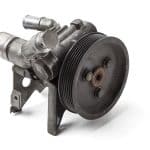



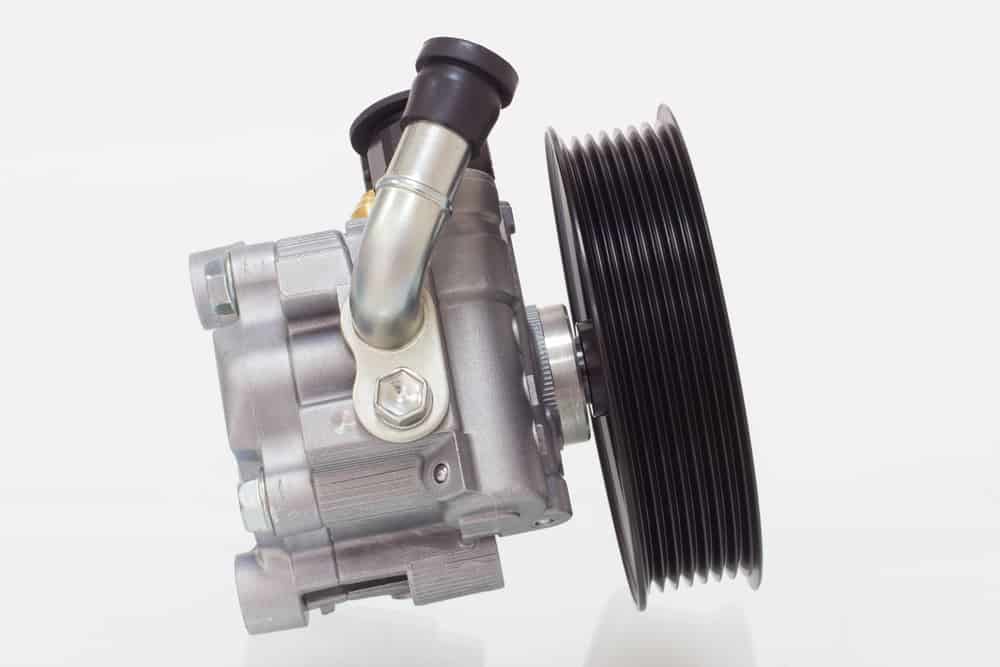

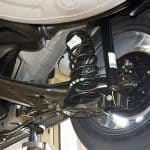


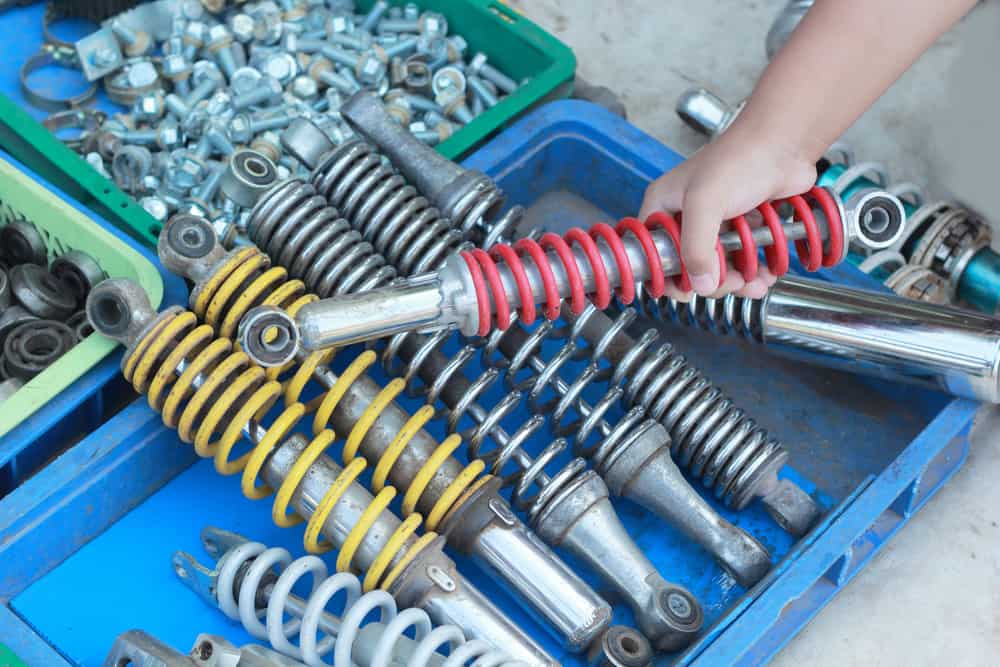
.png)